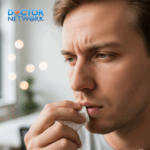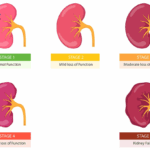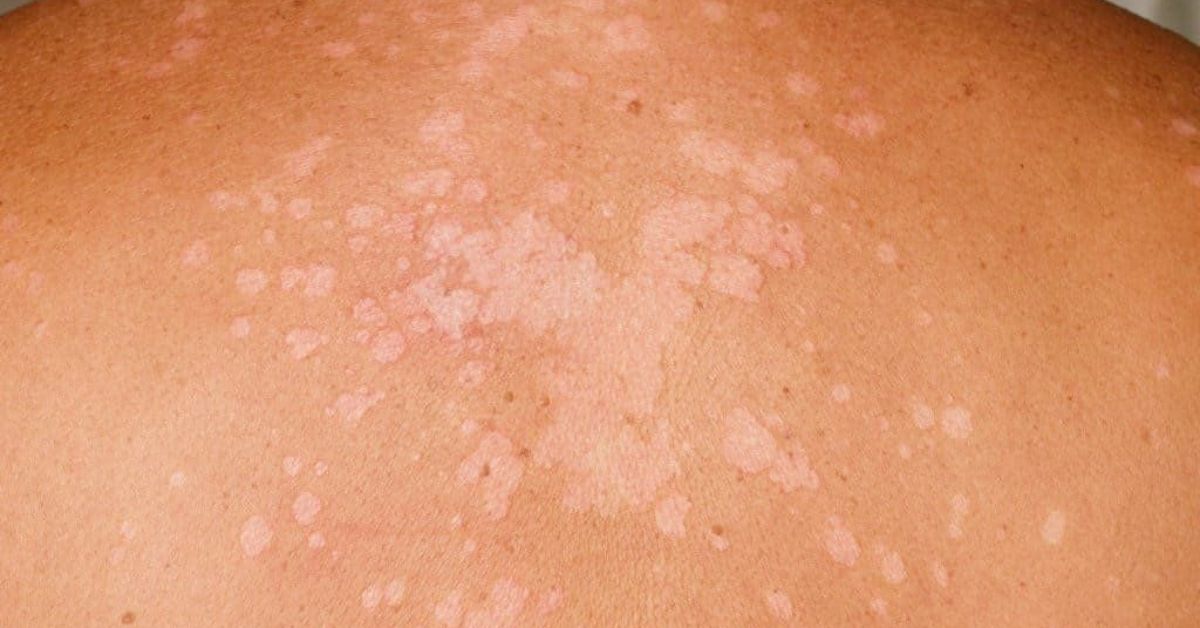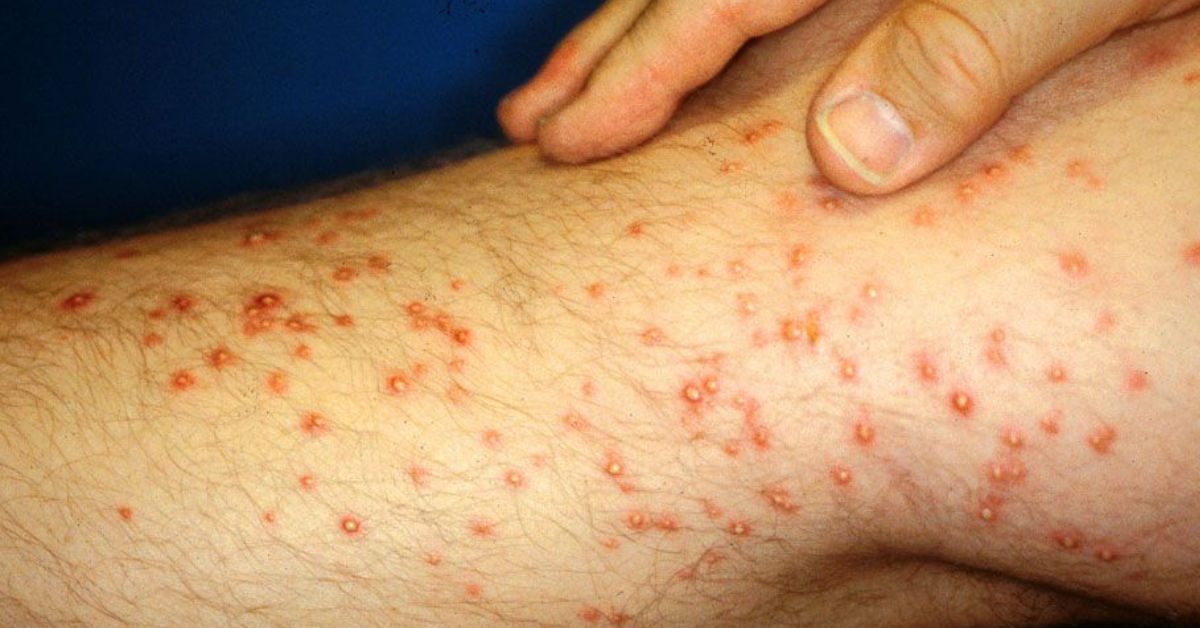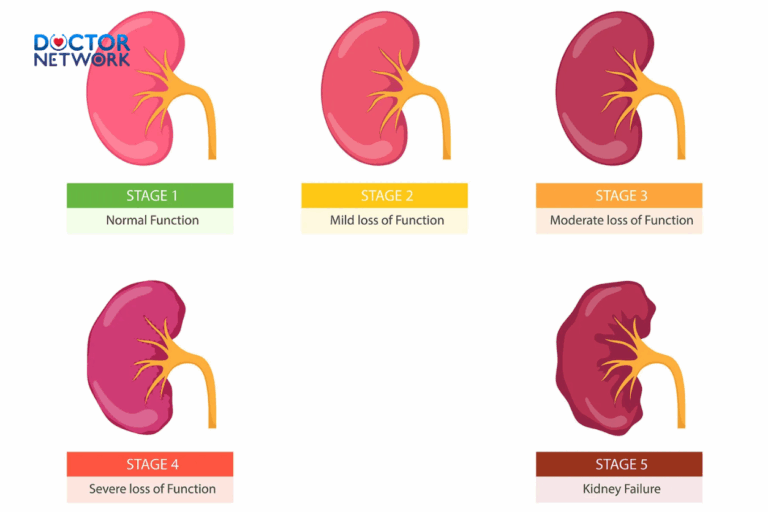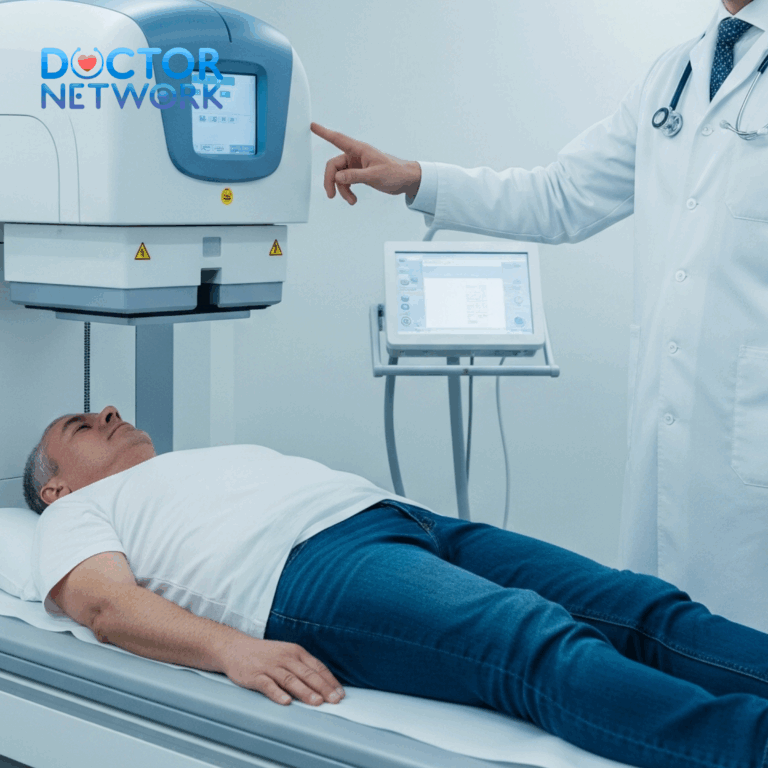Subcutaneous bleeding, also known as ruptured blood vessels under the skin, while not usually a serious condition, can sometimes be a warning sign of underlying health issues. This article aims to provide a clearer understanding of this condition, its management, and preventive measures.
What is Subcutaneous Bleeding?
Subcutaneous bleeding occurs when small blood vessels under the skin (usually capillaries or venules) are damaged, causing blood to leak into surrounding tissues. This condition typically results in bruising, initially appearing red or purple, then gradually changing to greenish, yellowish, and eventually fading away.

This condition often results in bruises, which are initially red or purple in color
Causes of Subcutaneous Bleeding
There are several potential causes of subcutaneous bleeding, including:
- Trauma: Strong impacts commonly cause blood to pool under the skin. Instances such as bruises, falls, or sports injuries are common risk factors.
- Medical Conditions: Certain medical conditions may increase the risk of ruptured blood vessels, such as: Blood clotting disorders, low platelet count Vascular inflammation
- Liver disease Medications: Blood thinners (e.g., warfarin, heparin), antiplatelet drugs (e.g., aspirin) can increase the risk of bleeding in some individuals.
- Age: Older adults may have weaker blood vessels, making them prone to subcutaneous bleeding, even from minor impacts.
- Other Factors: Vitamin C deficiency, exposure to harmful chemicals, side effects of other medical treatments.
Symptoms of Subcutaneous Bleeding
Unexplained bruising: Appearance of bruises with varying sizes, different color stages without a specific cause. Petechiae: Small, pinpoint red or purple spots on the skin that do not disappear when pressed. Other symptoms: Swelling, pain, itching, or warmth in the affected area of the skin. Initial Management
Most cases of mild subcutaneous bleeding resolve on their own within a few days. Initial steps to aid recovery include:
Cold compress: Helps constrict blood vessels and reduce swelling within the first 24-48 hours after injury.
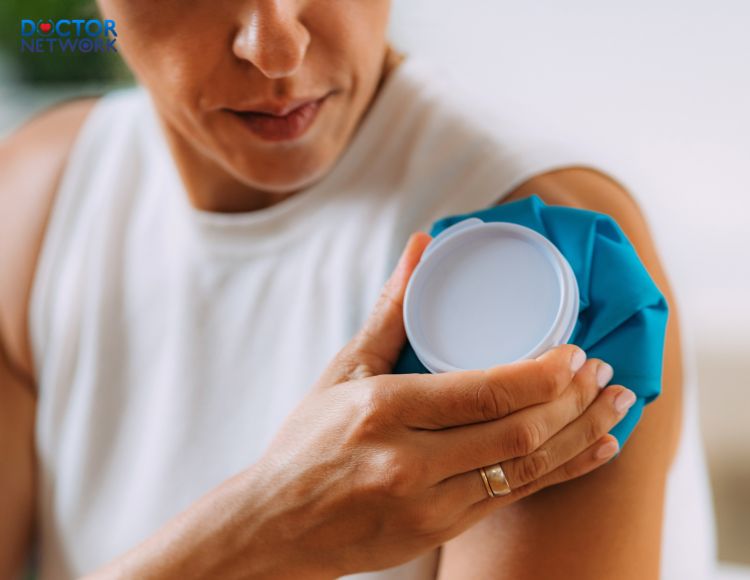
Cold compresses help constrict blood vessels and reduce swelling within the first 24-48 hours after an injury
Rest: Avoid strenuous activities that impact the bruised area. Elevate the affected area (if possible) to reduce swelling.
When to See a Doctor
Consult a healthcare provider if:
Bruising is extensive, intensely painful. Bruising does not improve after 2 weeks or worsens. Additional symptoms are present: high fever, bleeding from other sites, prolonged bleeding, bruising behind the ears, etc.
Treatment of Subcutaneous Bleeding
Treatment focuses primarily on addressing the underlying cause.
Depending on the specific condition, the doctor may recommend:
Medications: Hemostatic agents, pain relievers, treatment of underlying conditions (if any).
Medical procedures: In rare cases, surgical intervention may be required to control bleeding. Lifestyle Changes: Nutritional supplements, dietary adjustments to enhance vascular health.
Prevention of Subcutaneous Bleeding
Precaution in daily activities: Avoid strong impacts, falls. Healthy eating habits: Supplementing with vitamin C-rich foods, antioxidants from fresh fruits and vegetables to strengthen blood vessels.
Skin protection: Limit sun exposure, use appropriate sunscreen, avoid exposure to harmful chemicals.
Regular health check-ups: Early detection of underlying conditions that may predispose to subcutaneous bleeding. Subcutaneous bleeding may be a benign physiological phenomenon, but it can also indicate underlying health conditions.
Understanding this condition helps in effective management and prevention. Always consult a healthcare provider for unexplained or persistent bruising, or any unusual symptoms.

Supplement vegetables and fruits rich in vitamin C and antioxidants to help strengthen blood vessel walls
Related Questions about Subcutaneous Bleeding
How to make bruises heal faster?
Answer:
In reality, there is no immediate way to make bruises disappear. However, correct initial management can help expedite the healing process:
Ice pack: Use within the first 48 hours to reduce swelling and limit the spread of bruising. Rest and avoid strenuous physical activity that impacts the bruised area. Elevate the affected area if suitable. Take pain relievers: Use acetaminophen (paracetamol) if necessary.
Is it concerning to suddenly have multiple bruises?
Answer:
The sudden appearance of numerous bruises without a clear cause can be normal (due to aging, unnoticed minor bumps, etc.). However, it can also signal underlying health issues such as:
Blood clotting disorders: Difficulty in forming blood clots, increased bleeding tendency. Vascular inflammation: Inflammation and damage to blood vessels, increasing the risk of subcutaneous bleeding. Vitamin deficiency: Particularly Vitamin C, involved in collagen synthesis essential for maintaining healthy blood vessels. If frequent unexplained bruising occurs, seek medical evaluation to rule out serious conditions.
Do elderly people frequently experiencing bruises indicate illness?
Answer:
Older adults have thinner skin and significantly reduced elasticity in blood vessels compared to younger individuals. As a result, they are more susceptible to subcutaneous bleeding even from minor impacts or without apparent cause. While common, it’s advisable to have elderly individuals evaluated by a healthcare provider if frequent bruising or accompanying unusual symptoms occur for thorough assessment.
Can subcutaneous bleeding be treated with hot compress?
Answer:
Avoid using hot compresses for at least 48 hours following subcutaneous bleeding or bruising. Heat may dilate blood vessels, causing increased bleeding and worsening the condition. Instead, use cold compresses to reduce inflammation and help bruises recover faster.
Are there preventive measures for subcutaneous bleeding?
Answer:
There are several measures to minimize the risk of subcutaneous bleeding:
Exercise caution in daily activities: Limit strong impacts, falls. Healthy diet: Supplement with vitamin C-rich foods, antioxidants from fresh fruits and vegetables. Skin protection: Limit sun exposure, use appropriate sunscreen, avoid exposure to harmful chemicals. Regular health check-ups: Early detection of underlying conditions at risk of causing subcutaneous bleeding.
Scientific References
Studies on the causes of subcutaneous bleeding:
“Effect of calcium carbonate on iron absorption from a meal”: This study shows that taking calcium carbonate concurrently with a meal significantly reduces iron absorption. (PMID: 23095941) “Iron absorption from fortified cereals with and without calcium”: This study compares iron absorption effectiveness from iron-fortified cereals when taken concurrently or spaced apart from calcium. Results indicate better iron absorption when taken at least 2 hours apart from calcium. (PMID: 8326813)
The article has provided information on “subcutaneous bleeding” and related research. We hope this article is helpful to you.
References:
https://www.medicalnewstoday.com/articles/321387
https://www.mountsinai.org/health-library/symptoms/bleeding-into-the-skin
Kiểm Duyệt Nội Dung
More than 10 years of marketing communications experience in the medical and health field.
Successfully deployed marketing communication activities, content development and social networking channels for hospital partners, clinics, doctors and medical professionals across the country.
More than 6 years of experience in organizing and producing leading prestigious medical programs in Vietnam, in collaboration with Ho Chi Minh City Television (HTV). Typical programs include Nhật Ký Blouse Trắng, Bác Sĩ Nói Gì, Alo Bác Sĩ Nghe, Nhật Ký Hạnh Phúc, Vui Khỏe Cùng Con, Bác Sỹ Mẹ, v.v.
Comprehensive cooperation with hundreds of hospitals and clinics, thousands of doctors and medical experts to join hands in building a medical content and service platform on the Doctor Network application.








